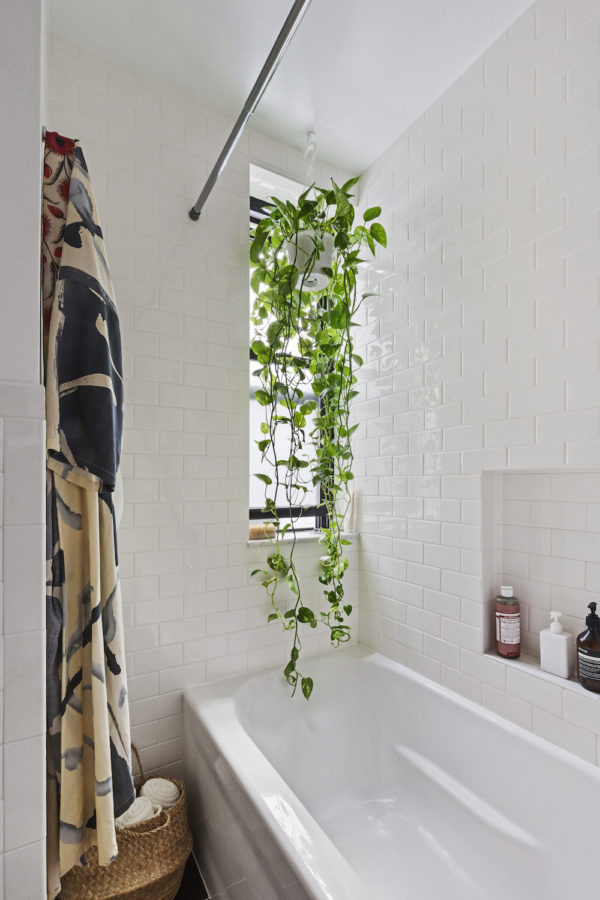Have you ever purchased a beautiful plant, only to be disappointed as it slowly starts to die before your eyes? I've been there. When it comes to assessing a plant's difficulty level, the answer can be subjective. Several factors come into play, including individual experience, environment, and care preferences. Here's an overview of popular houseplants, rated by both their looks and level of difficulty, according to popular opinion. Keep in mind that a one-size-fits-all approach to plant care doesn't exist, and success often depends on understanding the unique needs of each plant.
Philodendron: 9/10
- Difficulty: Easy to Moderate
- Philodendrons are adaptable and can thrive in a range of light conditions. They prefer well-draining soil and should be watered when the top inch of soil feels dry. Some varieties may have specific care needs, so it's essential to identify the specific type.

Bird of Paradise (Strelitzia reginae): 7/10
- Difficulty: Moderate
- The Bird of Paradise plant thrives in bright, indirect light but can tolerate lower light conditions. Keep the soil consistently moist during the growing season, allowing the top inch to dry out between waterings. The Bird of Paradise may need some space due to its broad leaves and can benefit from regular pruning to maintain a desirable shape. While it may pose a moderate challenge, the striking appearance of the Bird of Paradise makes it a sought-after choice for those looking to bring a touch of the tropics indoors.

Doris Leslie Blau (Image credit: Kate Spiers)
Pothos (Epipremnum aureum): 9/10
- Difficulty: Easy
- Pothos is a versatile and low-maintenance plant. It thrives in a variety of light conditions, from low to bright indirect light. Allow the soil to dry out before watering, and it's generally forgiving if you forget occasionally.

Sweeten (Image credit: Sweeten
Calathea: 5/10
- Difficulty: Moderate to High
- Calatheas are known for their stunning foliage but can be more demanding. They prefer bright, indirect light and consistently moist soil. Maintain high humidity, and consider using filtered water to prevent leaf damage from mineral buildup.
Olive Tree: 6/10
- Difficulty: Moderate to High
- Olive trees are well-suited for outdoors, but they can also thrive indoors with proper care. While they can adapt to different conditions, mimicking their native environment will promote optimal growth. Keep in mind that olive trees may not be suitable for everyone, especially those in climates vastly different from the Mediterranean region.

Tara Nelson (Image credit: Tara Nelson)
Fiddle Leaf Fig (Ficus lyrata): 7/10
- Difficulty: Moderate to High
- Fiddle leaf figs require bright, indirect light and well-draining soil. They are sensitive to changes in their environment and may drop leaves if stressed. Overwatering is a common issue, so allow the top inch of soil to dry out before watering.

The Local Project (Image credit: Timothy Kaye)
Alocasia: 7/10
- Difficulty: Moderate
- Alocasia plants, commonly known as elephant ear plants, can be considered moderately difficult to care for, as they have specific requirements that need to be met to ensure their well-being.
Sight Unseen (Image credit: Kate Berry)
Monstera (Monstera deliciosa): 9/10
- Difficulty: Easy to Moderate
- The Monstera, with its iconic split leaves, is a popular and relatively easy-to-care-for houseplant. It thrives in bright, indirect light but can adapt to lower light conditions. Allow the top inch of soil to dry out before watering, and be cautious not to overwater, as this can lead to root rot.

Cantilever (Image credit: Martina Gemmola)
Rubber Plant (Ficus elastica): 8/10
- Difficulty: Moderate
- Rubber plants require bright, indirect light and well-draining soil. They prefer consistent moisture but don't like to sit in waterlogged soil. Ensure proper humidity levels, and occasional pruning helps maintain a bushy shape.

Cedar + Surf (Image credit: Cedar +Surf)
Dracaena Marginata: 8/10
- Difficulty: Moderate
- Dracaenas come in various varieties, and care requirements may vary slightly. Generally, they prefer bright, indirect light and well-draining soil. Water when the top inch of soil is dry. Some species are sensitive to fluoride, so use distilled water if tap water is high in fluoride.

Apartment Therapy (Image credit: Lindsey Shea)
Ponytail Palm (Beaucarnea recurvata) 9/10
- Difficulty: Easy
- The ponytail palm is a forgiving plant that can tolerate low light and irregular watering. Allow the soil to dry out between waterings. It is sensitive to overwatering, so err on the side of underwatering.
Paradise Palm (Howea forsteriana): 7/10
- Difficulty: Moderate
- The Paradise Palm, or Kentia Palm, is an elegant and popular choice for indoor greenery. It thrives in bright, indirect light but can tolerate lower light conditions. This palm appreciates high humidity but can adapt to average indoor levels. Regularly dust the fronds to keep them clean, and consider occasional fertilization during the growing season. With proper care, the Paradise Palm can add a touch of tropical beauty to your indoor space.

Zenideen (Image credit: Zenideen)
Snake Plant (Sansevieria): 7/10
- Difficulty: Easy
- The snake plant is known for its resilience and ability to tolerate low light and irregular watering. It prefers indirect light and can go for extended periods without water. Allow the soil to dry between waterings, and it's best not to overwater to avoid root rot.
Remember that individual experiences may vary, and the key to successful plant care is observation and adjusting care practices based on the specific needs of each plant. Before spending one of these popular plants, consider their level of difficulty and whether or not it's worth the risk for you.





